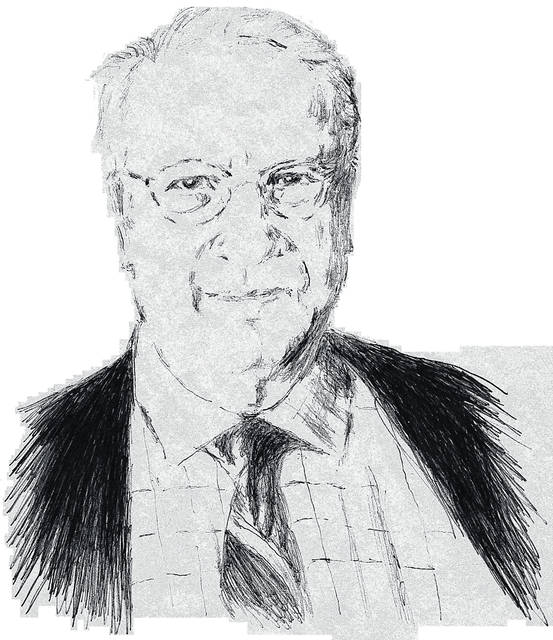American teenagers who enter high school this fall will graduate in 2023 — the first year, the National Center for Education Statistics projects, in which young people of color will out-number white students as public high school graduates. This anticipated statistical milestone serves to highlight the tensions that arise out of demographic change interacting with political and cultural divisions.
Of the 3.3 million graduates expected in 2023, according to the NCES, 49.2 percent will be white, down from 70 percent in 1998-99. Twenty-seven percent of public school graduates will be Hispanic, 13.5 percent black, 6.4 percent Asian, and 3 percent will be young people of two or more races.
Five years ago, young people of color became a majority of K-12 students nationwide. North Carolina fits the general trend of white students no longer a majority, while black students here exceed Hispanics in enrollment. The state’s public school enrollment last year had this demographic profile: 48 percent white, 25 percent black, 17 percent Hispanic, 3 percent Asian, 1 percent American Indian, 4 percent two or more races.
Out of this data flow several observations, applicable to North Carolina as well as the nation: That the state, even with lingering racial issues, has shifted from a biracial to a multi-ethnic society. That a racially and ethnically diverse society is already baked in, not reversible. That a clash of public attitudes — of fear-versus-acceptance — toward a multi-cultural society explains a lot about today’s divided society. That, once again, public schools provide the state and nation with an institution to overcome divisions and respond to social and economic change.
A week ago, the Pew Research Center published an extensive survey on Americans’ attitudes that reported profound pessimism on the nation’s future. Amid deep concern over economic weaknesses, environmental degradation, and political dysfunction, Pew says the public has a “more benign’’ view of demographic change, with about four in ten Americans saying the multi-ethnic future is neither good nor bad.
And yet, the Pew researchers found distinct differences along lines of race and ethnicity, as well as political affiliation. Only 13 percent of Republican voters agreed that “a majority nonwhite population will strengthen American customs and values,” in contrast to 42 percent of Democratic voters.
“Whites are about twice as likely as blacks or Hispanics to view this change negatively (28% of whites vs. 13% of blacks and 12 percent of Hispanics),” Pew reports. “And, when asked about the consequences of an increasingly diverse America, nearly half of whites (46 percent) but only a quarter of Hispanics and 18% of blacks say a majority-minority country would weaken American customs and values.”
This clash of attitudes influences politics and policy in Washington, where Republicans control the White House and the Senate, and in Raleigh, where the GOP has a legislative majority. President Trump’s incendiary rhetoric in advocating a Muslim travel ban and a wall along the Mexican border has fortified Republicans who seek to hold onto power by holding out against cultural change.
And yet, says William H. Frey, the Brookings Institution demographer, rising racial diversity is “both inevitable and necessary to growth.” He points out that the white population, heavily weighted with the baby-boom generation, is aging and “barely growing.’’
Meanwhile, he says, the “new minorities’’ — Hispanics, Asians, and people of two or more races — “are younger and their population is growing rapidly.” Immigration accounts for less than half of this growth; gains come from residents already here.
“The general message emanating from these demographic facts is that minorities—especially new minorities—are providing the nation with a ‘just in time’ infusion of growth as the largely white U.S. population ages,” Frey writes. “The U.S. will benefit from the healthy growth that these minorities are creating in the nation’s workforce—in contrast to many of its peer nations like Japan and Germany, struggling with extreme aging and declining workforce populations.”
Thus, the Census Bureau’s school statistics help frame North Carolina’s challenges in facing up to demographic change. For example, the state needs not only more high-quality teachers but also a more diverse teaching corps. The state can diminish division by refraining from policies that, intentionally or inadvertently, foster racially isolated schools. The state can learn from its own experiences over the past century that public education — schools, colleges, and universities — advances economic modernization and undergirds the civic health and vitality of communities.

